Are you looking to elevate your short game? The TaylorMade High Toe Wedge might just be the game-changer you’ve been searching for. Designed with input from some of the game’s top players, this wedge combines innovation and classic ball control to enhance playability around the greens. In this in-depth review, we’ll explore the features, benefits, and overall performance of this unique club. So grab a cup of coffee and let’s dive in!
What is the TaylorMade High Toe Wedge?
The TaylorMade High Toe Wedge is a versatile short game club aimed at golfers of all skill levels. It features a higher toe profile, which allows for greater versatility in how you approach shots around the green. Whether you’re looking for a flop shot over a bunker or a delicate chip shot to save par, this wedge’s design can accommodate a multitude of techniques and situations.
Key Features
Here’s a breakdown of the High Toe Wedge features that set it apart:
- High Toe Design: The higher toe allows players to open up the face more easily. This is particularly helpful for flop shots and other types of higher trajectory lifts.
- Raw Face Technology: The raw surface offers enhanced spin control. Over time, this finish can rust, allowing for better grip on the ball.
- Versatile Grind Options: The available grind options (requests vary by bounce and grind type) allow golfers to select a club that matches their swing style and course conditions.
- Innovative Weighting: Strategic weight placement enhances feel and stability during the swing, promoting a confident strike.
Specification Table
| Feature | Description |
|---|---|
| Loft Options | 56°, 58°, 60° |
| Bounce Options | Various options available depending on the loft chosen |
| Finish | Raw face with polished black or chrome plating |
| Grip | TaylorMade Rubber Grip |
| Club Length (standard) | 35.25 inches |
Performance Analysis
Feel and Feedback
When you first take the TaylorMade High Toe Wedge out on the course, you’ll likely notice its excellent feel. The raw face provides incredible feedback, helping you adjust your swing as needed for various shots — a distinct advantage for golfers who thrive on precision.
 TaylorMade High Toe Wedge Close Up
TaylorMade High Toe Wedge Close Up
Versatility
The High Toe Design dramatically increases your options around the greens. Whether you’re playing on a course with challenging slopes or facing a difficult lie, the high toe allows you to execute shots that might be impossible with standard wedges.
Spin Control and Trajectory
Thanks to its Raw Face Technology, this wedge excels at generating spin. A well-struck shot delivers sharp control, allowing you to stop the ball quickly on the green. Moreover, it lets you manipulate the trajectory, making it ideal for those delicate flop shots or pitched greenside shots.
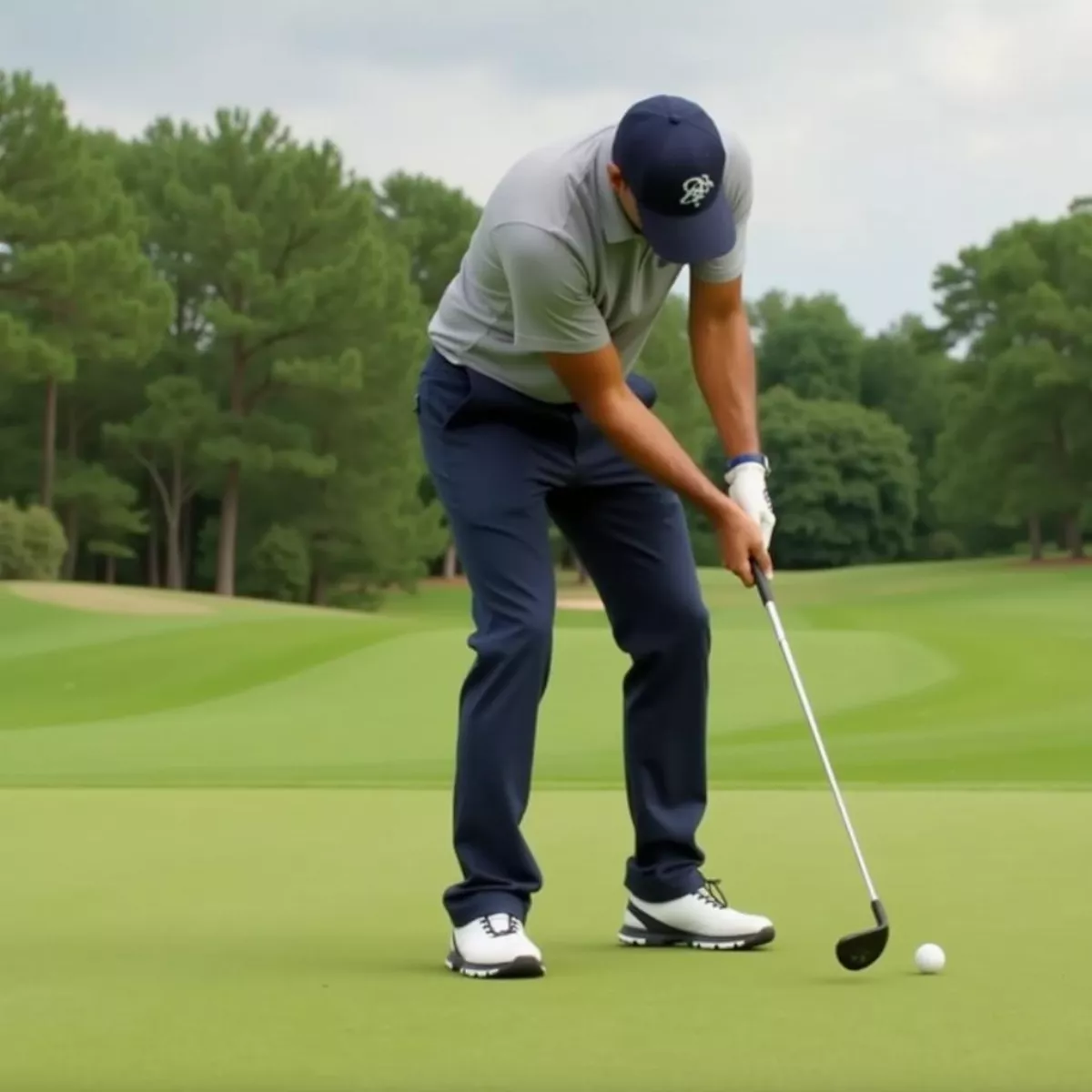 Golfer Using TaylorMade High Toe Wedge for Chip Shot
Golfer Using TaylorMade High Toe Wedge for Chip Shot
Short Game Aids
The TaylorMade High Toe Wedge shines during challenging short game situations. Many golfers find that it helps them to be more creative on lay-ups and short approaches, leading to fewer strokes around the green.
User Experiences
Customer Feedback Highlights:
- “This wedge is a game changer! I can finally control my short shots better.”
- “The feel is simply amazing—it makes every finesse shot feel effortless.”
- “It took a bit of adjustment, but once I got used to the high toe, my scoring improved dramatically.”
Pros and Cons
Pros:
- Unmatched Versatility: Perfect for a variety of shot types.
- Great Spin Control: Ideal for making your shots stick on the green.
- Excellent Feel: Feedback allows for better shot-making decisions.
Cons:
- Learning Curve: Requires practice to master various shot types.
- Cost: On the pricier side compared to traditional wedges.
Comparing the TaylorMade High Toe Wedge with Other Wedges
When considering a new wedge for your bag, it’s essential to compare options. Here’s a quick comparison table of the TaylorMade High Toe Wedge against popular alternatives:
| Wedge Model | Spin Control | Versatility | Price |
|---|---|---|---|
| TaylorMade High Toe Wedge | Excellent | High | $$ |
| Callaway JAWS MD5 | Excellent | Moderate | $$ |
| Ping Glide 3.0 | Good | Moderate | $$ |
| Cleveland RTX ZipCore | Very Good | High | $$ |
Final Thoughts
If you’re serious about lowering your scores and improving your short game, the TaylorMade High Toe Wedge is a worthy investment. Its innovative design and exceptional performance make it suitable for players who want to explore new ideas and techniques on the course.
 TaylorMade High Toe Wedge in Golf Bag
TaylorMade High Toe Wedge in Golf Bag
Key Takeaways
- The TaylorMade High Toe Wedge is expertly designed for versatility and spin control.
- Features like the Raw Face Technology and High Toe Design are game changers for short-game shots.
- User feedback underscores the wedge’s feel, spin control, and ability to enhance creativity on the course.
- Although there’s a slight learning curve, the investment can lead to lower scores and greater enjoyment on the course.
FAQ Section
1. What is the TaylorMade High Toe Wedge made of?
The wedge is crafted using high-quality steel with a raw face finish that promotes enhanced spin and control.
2. How should I choose the loft for my High Toe Wedge?
Selecting loft depends on your personal preferences and typical playing conditions. Higher lofts (like 60°) are great for flop shots, while lower lofts can be used for versatile short game play.
3. Is the TaylorMade High Toe Wedge suitable for high handicappers?
Absolutely! Its design makes it beneficial for golfers at all skill levels, easing those tricky shots.
4. How does the High Toe Design affect performance?
The high toe design allows for greater creativity in shot-making and helps players open the face more easily for delicate shots.
5. Can I use this wedge for full swings?
While the High Toe Wedge is primarily designed for short game finesse shots, it can be utilized for partial swings as well, but may not perform as optimally for full swings as a traditional pitching wedge.
6. How does the spinning capability of the wedge compare to others?
Thanks to the Raw Face Technology, the spinning ability of the High Toe Wedge outperforms many competitors, providing sharper stopping power on the greens.
7. What grips are available for this wedge?
The wedge primarily comes equipped with TaylorMade’s standard rubber grip, but you can customize as needed depending on your grip preferences.
8. How does the weight distribution impact my shots?
The innovative weighting aids stability and feel during the swing, making it easier to deliver consistent shots.
9. Should I practice specifically with the High Toe Wedge?
Yes, getting accustomed to its unique characteristics through practice will allow you to use it more effectively during your rounds.
10. Where can I buy the TaylorMade High Toe Wedge?
You can find the High Toe Wedge at most sporting goods stores and online retailers, often at competitive prices.
In summary, the TaylorMade High Toe Wedge is well worth considering if you’re looking to enhance your short game. With its many innovative features, feedback from users, and overall performance, it stands out as an impressive tool for golfers at any level. Happy golfing!

 Golf Course Design: Hole Size Variations
Golf Course Design: Hole Size Variations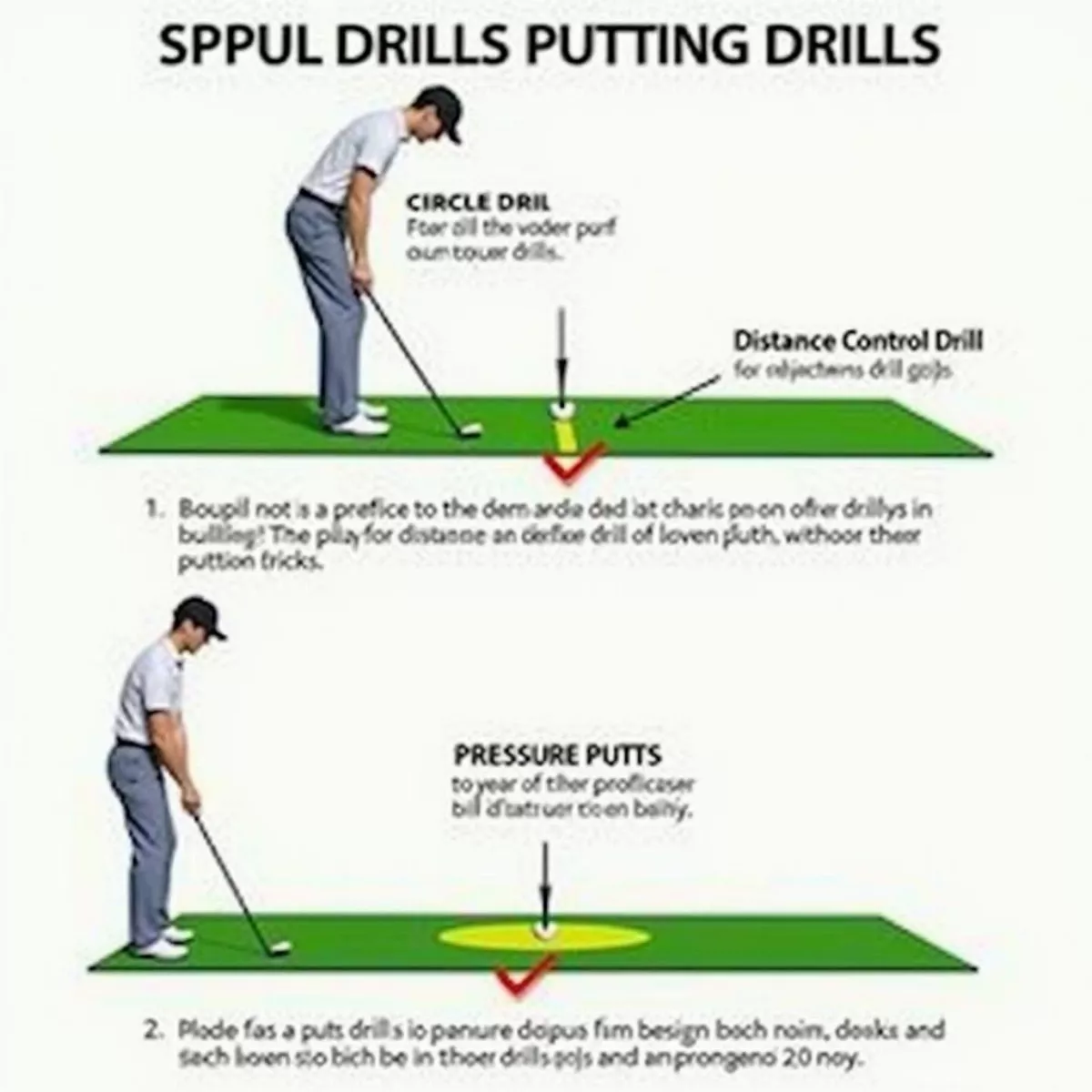 Golf Putting Drills for Accuracy
Golf Putting Drills for Accuracy
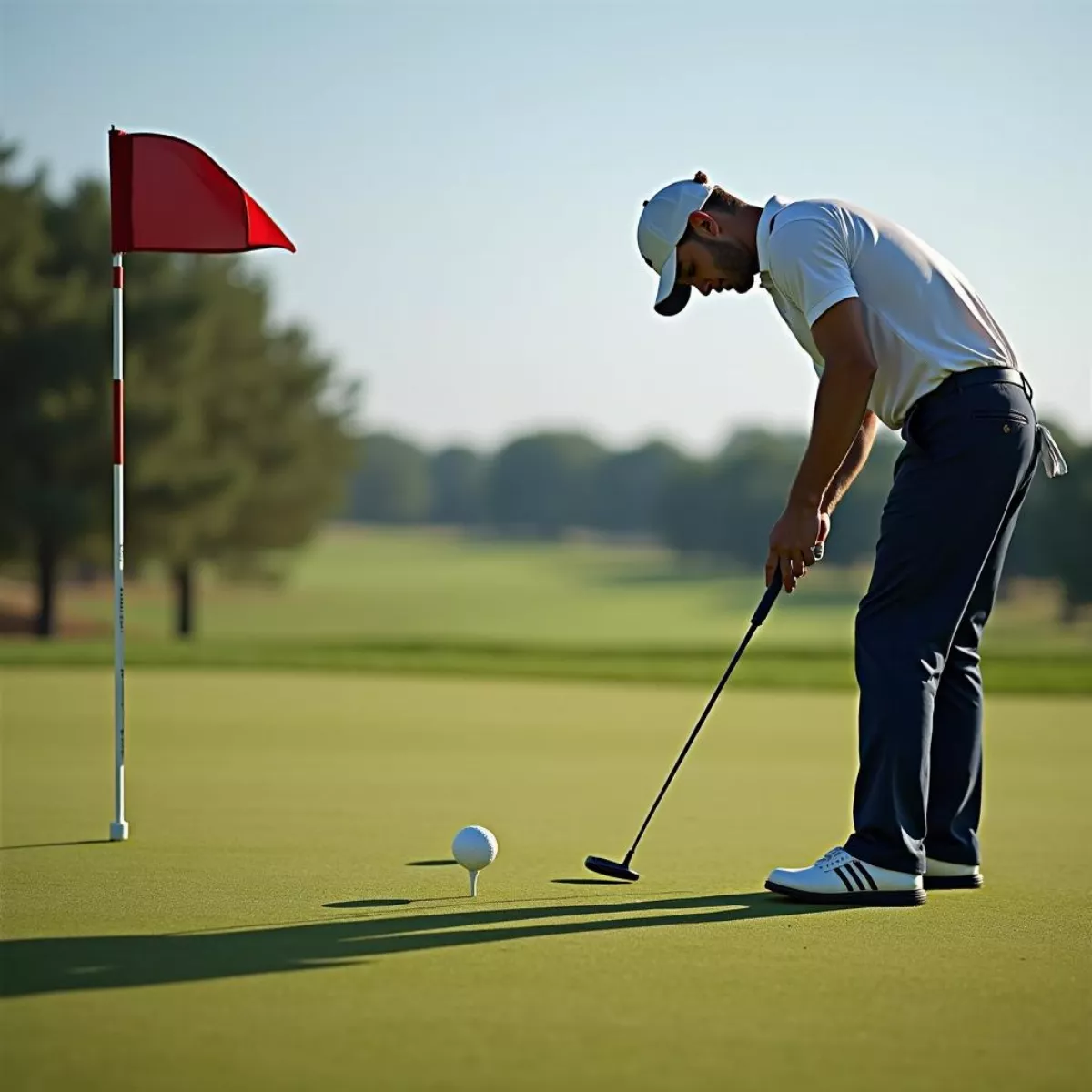 Golfer Putting on Green
Golfer Putting on Green Golf Course Obstacles
Golf Course Obstacles
 Professional Golf Players Outfit
Professional Golf Players Outfit Golf Tournament Seasonal Outfits
Golf Tournament Seasonal Outfits
 Golfer practicing swing on driving range
Golfer practicing swing on driving range Golfer receiving instruction from a coach
Golfer receiving instruction from a coach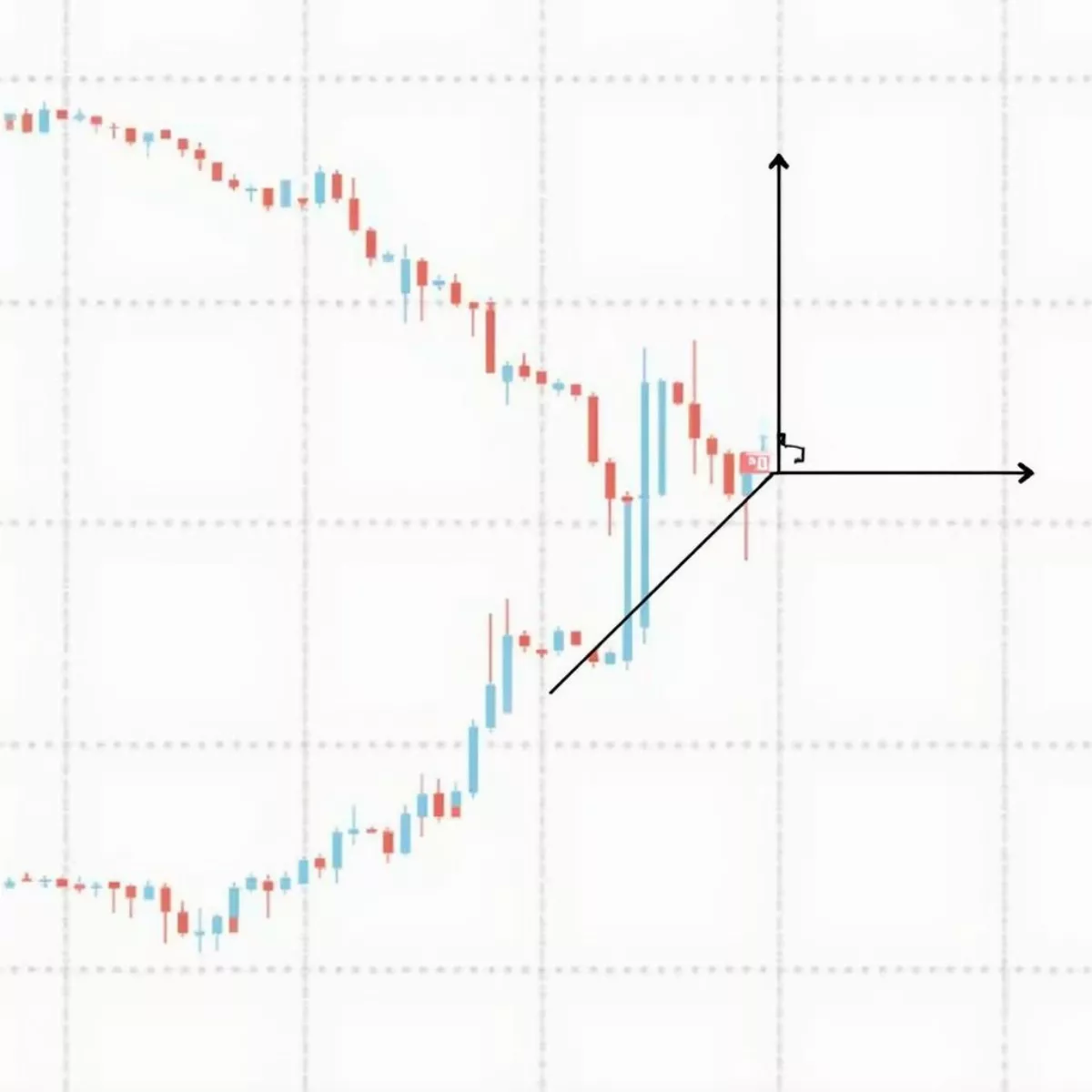
 Risk Management Tools
Risk Management Tools
 Golfer Celebrating Hole In One
Golfer Celebrating Hole In One Golf Ball And Club On Green
Golf Ball And Club On Green
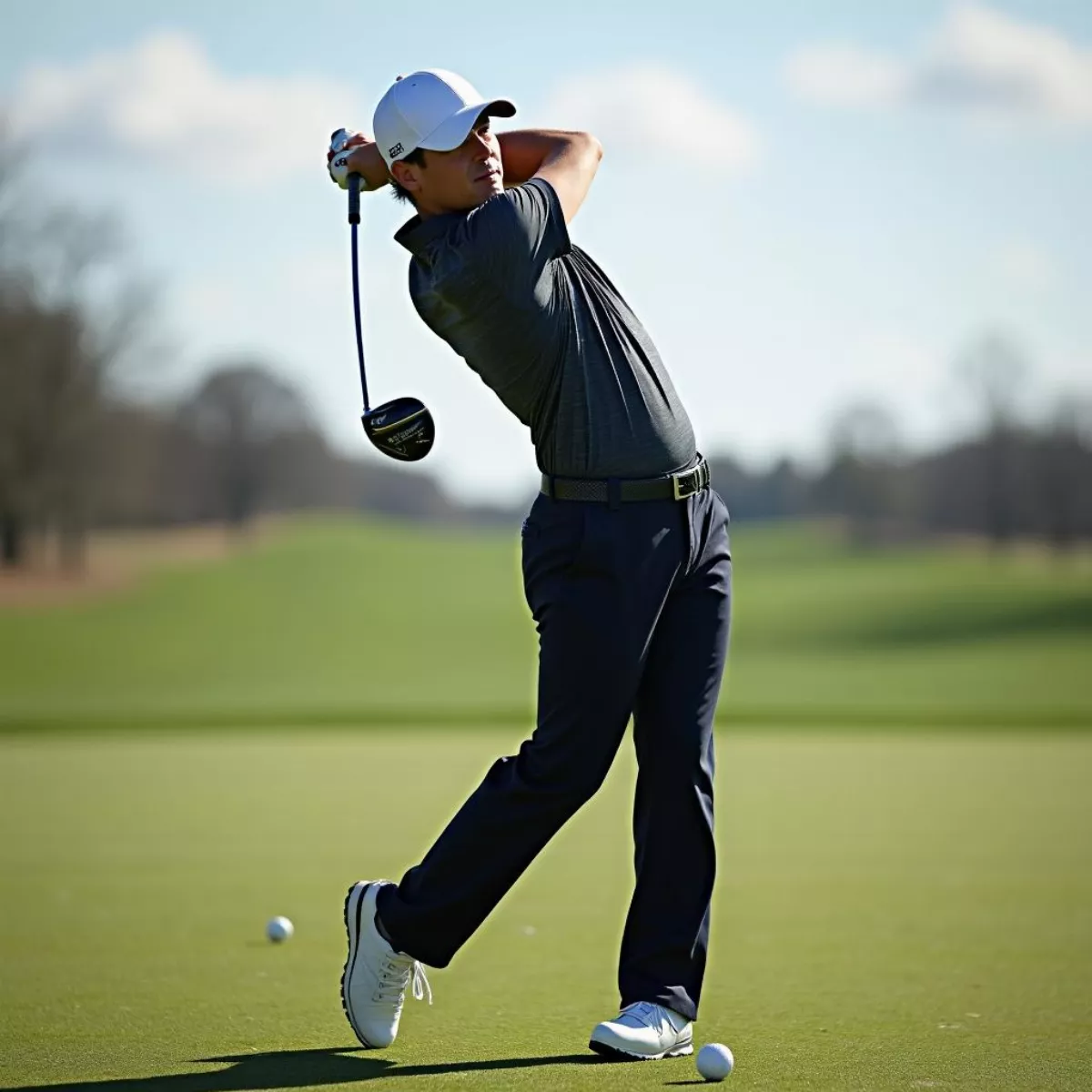 Professional Golfer Executing Powerful Drive
Professional Golfer Executing Powerful Drive Amateur Golfer Celebrates Impressive Drive
Amateur Golfer Celebrates Impressive Drive
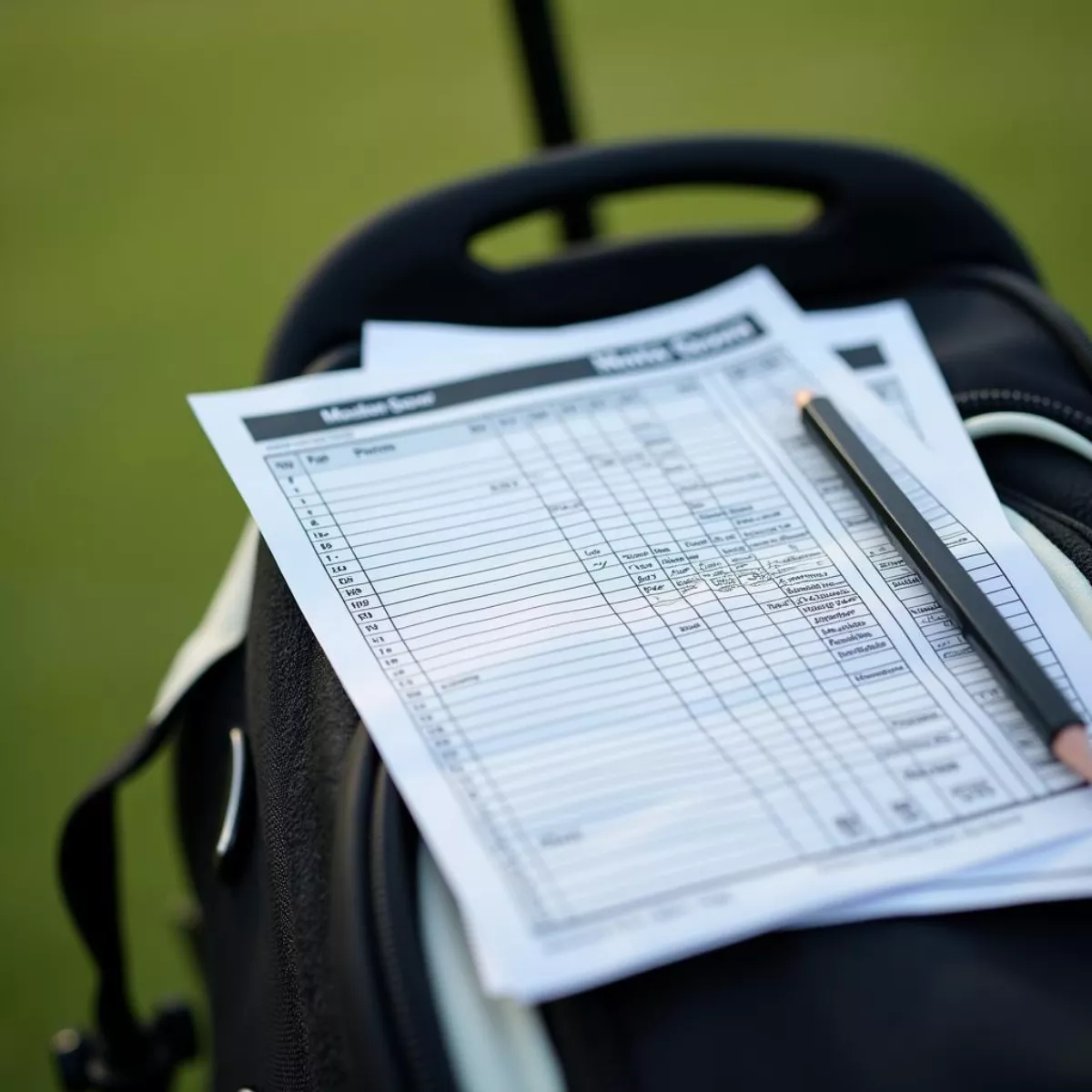 Golf Scorecard and Pencil
Golf Scorecard and Pencil Golfer Celebrating Success
Golfer Celebrating Success
 Golf Coach Giving Lesson
Golf Coach Giving Lesson Golfer Practicing Short Game
Golfer Practicing Short Game